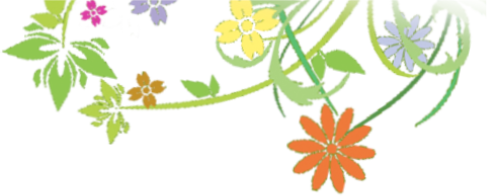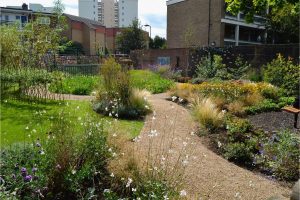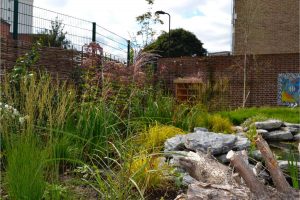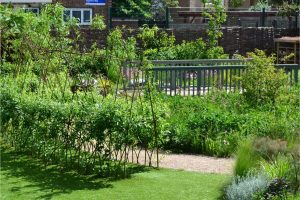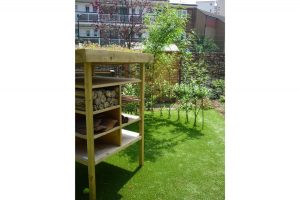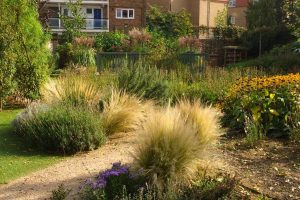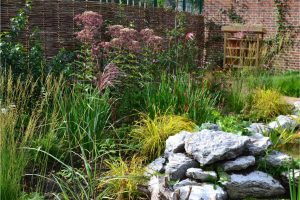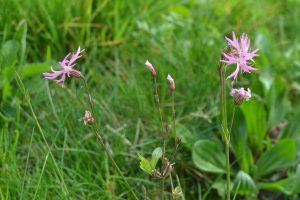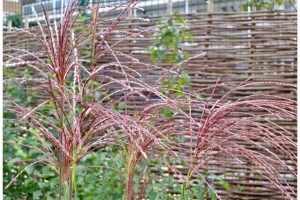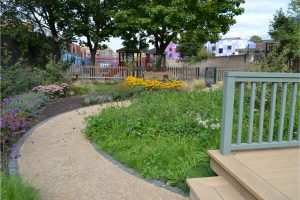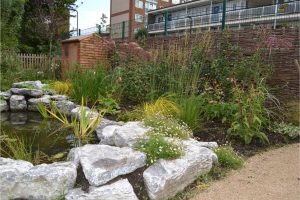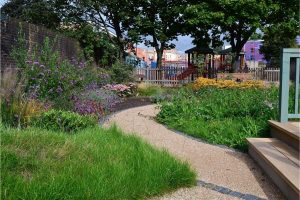A Garden For Wildlife Hackney, E8
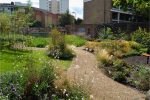
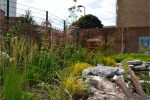
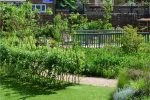
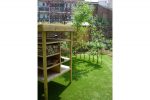
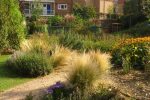

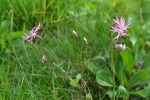
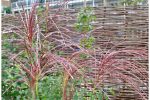
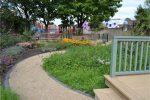
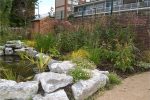
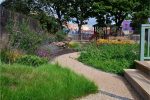
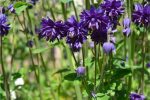
A recently rebuilt primary school in Hackney, E8 had a large area of land that was uncultivated. The Head wanted to turn it into a wildlife garden to encourage the children to discover nature. The school is in the middle of a large council estate, so the main task was to focus the eye down into the garden, away from the austere buildings surrounding it.
The design has sinewy paths that strike off from a circular wildflower meadow, through a living willow tunnel, across a bridge to two ponds teeming with mini-beasts, and lead round to a restful glade under the trees.
There are several habitats – a log pile, ‘bug hotels’ with sedum roofs, a native hedge for insects and nesting birds, a bog garden and a central wildlife meadow which provides a refuge for frogs and grasshoppers. Planting is sustainable and naturalistic, with colourful, long-flowering perennials punching through swathes of dancing ornamental grasses, all designed to provide food sources and hiding places for insects, bees and birds throughout the seasons.
The garden quickly proved to be both popular and a vital resource for teachers – as a quiet place to read, to draw, and of course, to go pond-dipping and study the numerous small creatures that have taken up residence there. And… despite fears that the garden would be vandalised, it remained untouched.
Perhaps local residents enjoy looking at this green oasis on their doorstep!
